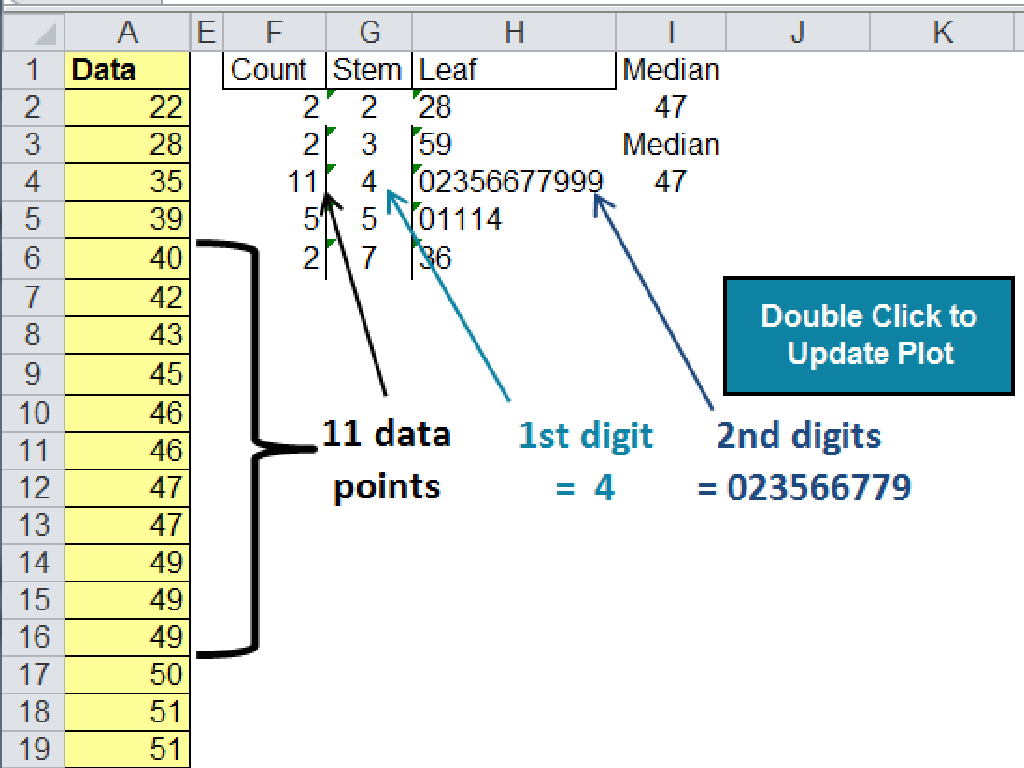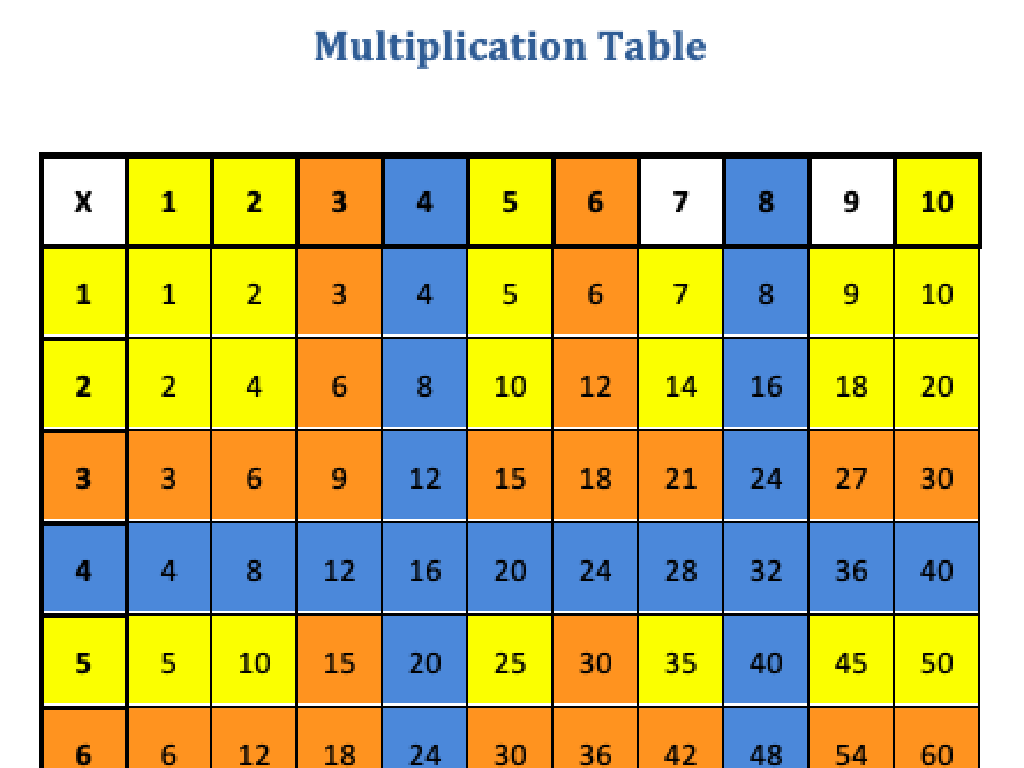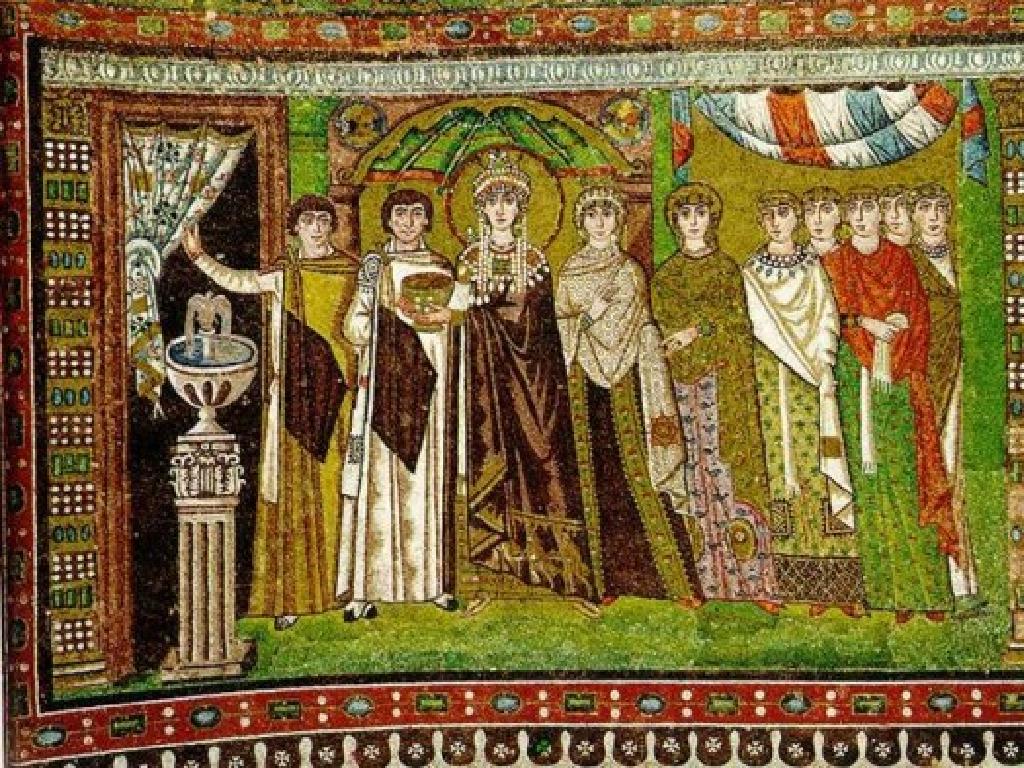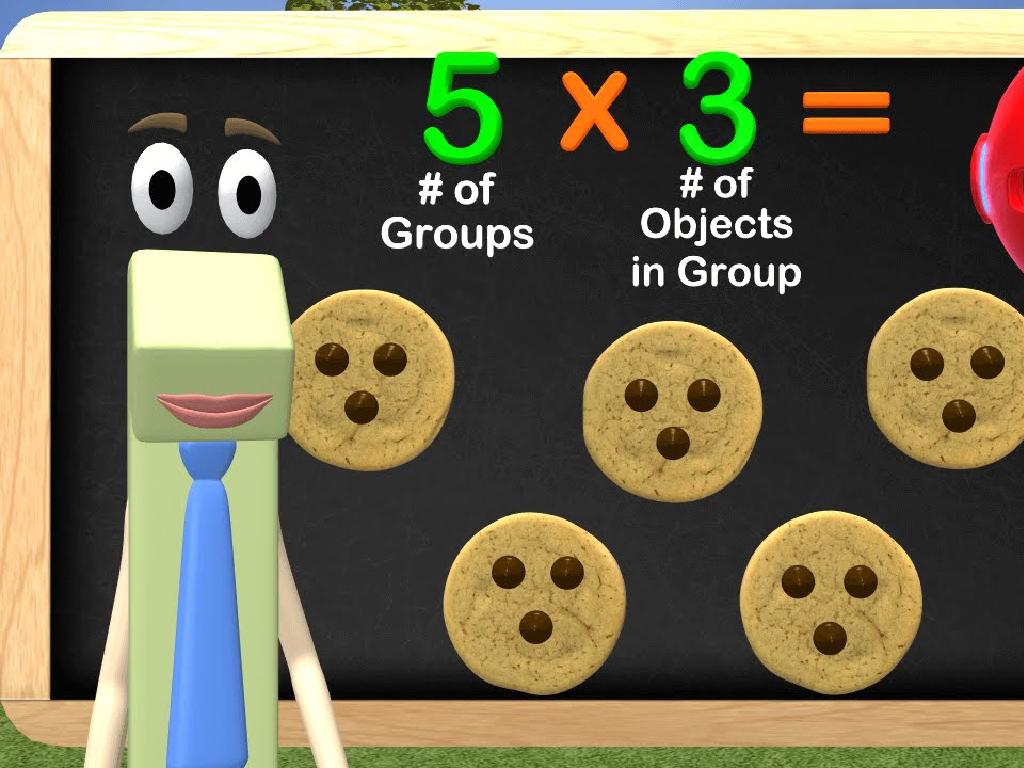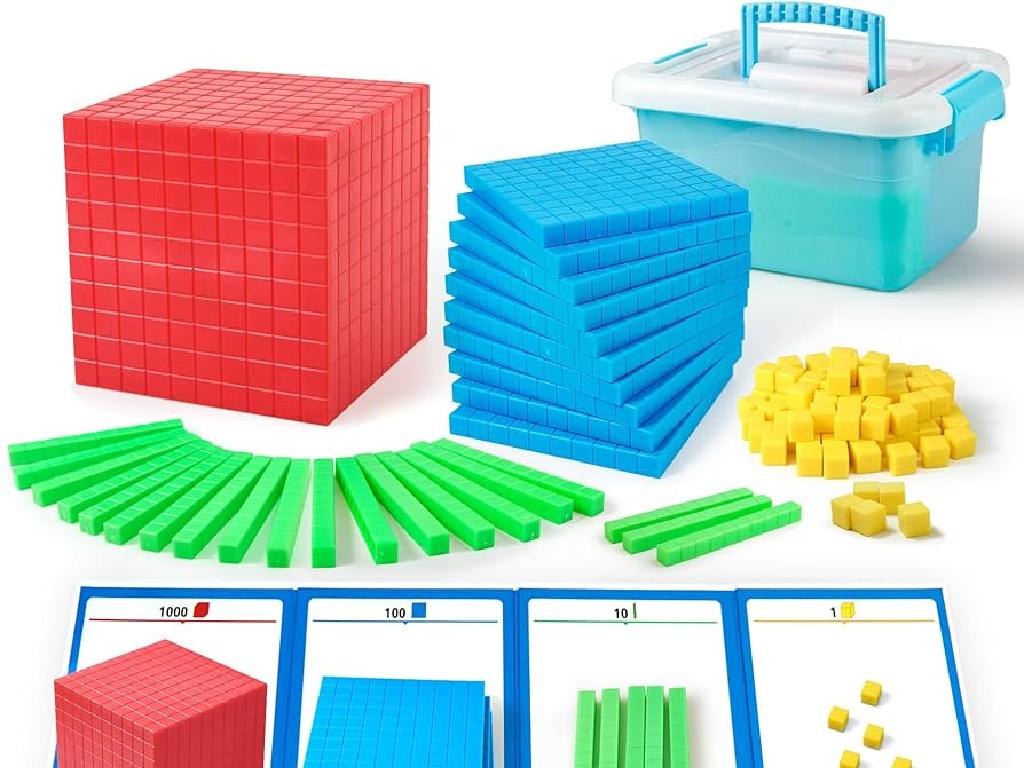The Great Depression: Part I
Subject: Social studies
Grade: Fourth grade
Topic: 20Th Century American History
Please LOG IN to download the presentation. Access is available to registered users only.
View More Content
Exploring The Great Depression – Part I
– Introduction to the 20th century
– What was The Great Depression?
– A tough time in the 1930s when money was scarce
– Learning from history
– Studying past events helps us make better choices today
– Sharing our current knowledge
– Let’s discuss what we know about the 20th century so far
|
This slide is designed to introduce fourth-grade students to The Great Depression as part of their study of 20th-century American history. Begin with a brief overview of the 20th century, setting the stage for the era of The Great Depression. Explain The Great Depression as a significant historical event where many people lost jobs and money was tight. Emphasize the importance of learning from history to avoid making similar mistakes in the future. Engage the class by asking them to share any prior knowledge or facts they know about the 20th century, creating an interactive learning environment. This will help assess their starting point and encourage active participation.
Understanding The Great Depression
– A difficult period in the 1930s
– The Great Depression was a time when the economy was very bad and many people were struggling.
– Widespread job and home loss
– Imagine not having enough money for food or a place to live. That’s what happened to many during this time.
– A global impact, beyond the US
– Countries around the world also felt the effects, showing how connected economies are.
|
The Great Depression was a significant event in American history, marking a period of severe economic downturn during the 1930s. Begin the lesson by explaining the economic struggles that characterized this era, such as the widespread loss of jobs and homes. Emphasize the scale of the hardship by noting that it wasn’t just an American problem; it affected people all over the world. This will help students understand the interconnectedness of global economies. Use relatable examples to help students grasp the severity of the situation, such as comparing it to a family member losing a job today and the ripple effects that can have. The aim is to build empathy and a foundational understanding of economic crises.
Causes of The Great Depression
– Stock Market Crash of 1929
– A big drop in stock prices caused panic.
– Banks failed, savings lost
– People couldn’t get their money as banks closed.
– Severe drought and dust storms
– Lack of rain and high winds created the Dust Bowl.
– Impact on farms and families
– Farmers struggled, many had to leave their homes.
|
This slide aims to introduce students to the major causes of The Great Depression, starting with the Stock Market Crash of 1929, which led to widespread financial panic. Following the crash, many banks failed, resulting in people losing their life savings. Additionally, environmental disasters like severe droughts and dust storms, known as the Dust Bowl, devastated farms across the country. This had a profound impact on farmers and their families, forcing many to leave their homes in search of work. Use this slide to discuss the interconnectedness of these events and how they contributed to the economic downturn of the 1930s. Encourage students to think about how these events might have affected families and children like themselves.
Life During The Great Depression
– Families faced tough times
– Buying food and clothes was hard.
– Children worked to support
– Many kids left school to help at home.
– Communities shared resources
– Neighbors helped each other with the little they had.
– The spirit of helping thrived
– Even in hard times, people helped one another.
|
This slide aims to give students a glimpse into the daily life of people during the Great Depression. Emphasize the economic hardships that families faced, making it difficult to afford basic necessities like food and clothing. Highlight the impact on children, many of whom had to forgo their education to work and help their families survive. Discuss the sense of community that emerged as people shared what little they had with each other. Use this opportunity to talk about the importance of helping others and how communities can come together during difficult times. Encourage students to think about how they can help others in their community today.
Government Response to the Great Depression
– Roosevelt’s New Deal
– President Franklin D. Roosevelt’s plan to help people and the economy
– Programs for employment
– Created jobs through public works and other projects
– Laws for economic stability
– Regulations to protect banks and the stock market
– New Deal’s lasting impact
– Many of these programs and laws are still with us today
|
This slide focuses on the government’s response to the Great Depression under President Franklin D. Roosevelt. The New Deal was a series of programs and projects aimed at reviving the economy and helping Americans find work. It also included laws designed to prevent future economic crises. Discuss the types of jobs created and how these programs helped families. Explain the importance of laws that were passed to stabilize the economy. Highlight how the New Deal changed the government’s role in society and the economy, and mention that some of these changes are still in effect today. Encourage students to think about how these actions made a difference in people’s lives during a difficult time.
The Great Depression in Pictures
– Photos show life during the Depression
– Discuss feelings from the photos
– What emotions do you feel seeing these?
– Images reveal the Depression’s impact
– Photos can show more than words tell us
– Understanding history through visuals
|
This slide aims to help students visualize the historical period of the Great Depression through photographs. By examining these images, students can gain insights into the daily lives and struggles of people during this time. Encourage students to discuss the emotions they perceive from the photographs, such as sadness, hardship, or hope. This discussion will help them empathize with the people and understand the significant impact the Great Depression had on individuals and society. Use the images to explain how the Great Depression affected different areas of life, such as employment, family, and the economy. The goal is to make history tangible and relatable through these powerful visual stories.
Class Activity: Life in the 1930s
– Imagine life during the Great Depression
– Discuss daily life challenges
– Think about jobs, food, and family life
– Write a diary entry of your day
– Include details like feelings, weather, and events
– Share your story with the class
|
This activity is designed to help students empathize with people who lived during the Great Depression. Encourage them to think about the economic hardships, such as unemployment and scarcity of resources. Guide them to consider how families might have coped with these challenges. Provide prompts to help them start their diary entries, such as describing their imaginary job, what meals they might have, and how they spend their free time. After writing, students should be given the opportunity to share their stories with the class to foster discussion and deepen their understanding of the era. Possible activities: 1) Role-play a family discussion during the 1930s, 2) Create a ‘Depression-era meal’ plan, 3) Draw a picture of their 1930s home, 4) Write a letter to a relative describing their hardships, 5) Discuss how children their age might have contributed to their family during the Depression.
Reflecting on The Great Depression
– Importance of learning history
– Helps us understand today’s world
– Resilience in tough times
– People worked together and stayed hopeful
– Think of questions for next class
– Understanding our past
– Learning from past to improve our future
|
This slide aims to wrap up our current lesson on The Great Depression and encourage students to reflect on its significance. Understanding The Great Depression helps us comprehend the challenges we face today and the resilience of people. Discuss how families and communities came together to support each other during those hard times. Encourage students to be curious and come up with questions they may have about The Great Depression: Part II, fostering a continuous learning process. Highlight the importance of learning from our history to build a better future and prevent past mistakes.

